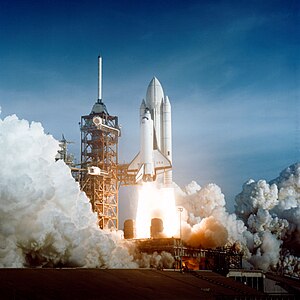Drew Polly, Clif Mims, and Kay A. Persichitte
 Description
Description
Though technology is expanding at a rate that is alarming to many skilled laborers concerned for the welfare of their industry and jobs, teachers should feel safe in their position; however, teachers who refuse to adapt to technology will be left behind.
Developing Technology-Rich Teacher Education Programs: Key Issues offers professional teacher educators a rare opportunity to harvest the thinking of pioneering colleagues spanning dozens of universities, and to benefit from the creativity, scholarship, hard work, and reflection that led them to the models they describe. Contributors from 32 universities from around the world came together as authors of case studies, methodologies, research, and modeling to produce the work that went into this reference work. The target audience for this book includes faculty, leaders, teacher educators, and administrators within higher institution and every level of education.
Overview
Teacher education programs, more than ever before, are under severe scrutiny from national and state government, policy, and accreditation organizations. Teacher education programs are being asked to provide evidence of their impact on teacher candidates, as well as the indirect impact of teacher education programs on PK-12 students. Reforms in teacher education programs focus on the integration of 21st century skills, which include knowledge and skills related to information technology, creativity, collaboration, critical thinking, and communication (Partnership for 21st Century Skills, 2004). Technology is an essential component of these 21st Century reforms.
The focus of teacher education programs is to prepare teacher candidates to effectively teach in 21st Century learning environments. These classrooms have access to Internet-connected educational technologies, including computers, hand-held, or portable devices (U.S. Department of Education, 2010). As a result of the technology-rich nature of PK-12 schools, it is critical for teacher education programs to examine their effectiveness related to preparing teacher candidates to effectively use educational technologies to support teaching and learning processes.
The construct of Technological Pedagogical and Content Knowledge (TPACK) has explicated the knowledge and skills related to technology integration. Candidates develop the knowledge and skills related to technology integration through educational technology courses, methods courses, and technology-rich field experiences (Schrum, 1999). In this book, contributors address all of those contexts and provide examples of how technology-rich teacher education programs have developed TPACK and related skills in teacher candidates and faculty.
The purpose of this book is to provide examples and frameworks related to creating effective models of infusing technology into teacher education programs. This book is intended for faculty and others associated with teacher education programs as a resource of creating technology-rich teacher education programs. As a result, each chapter has clear directions and implications for adopting their ideas into teacher education programs. Further, the ever-changing landscape of what constitutes current educational technologies, has led the editors to focus this book on examples and models that address current educational technologies, but are likely to be relevant over the next decade or two as well.
The book is divided into six sections, which focus on: Frameworks for Technology Integration, Web 2.0 technologies, Teacher Education Courses, Integrating Technology across Content Areas, Field Experiences, and Ways to Support Teacher Education Faculty.
Testimonial
“This book offers professional teacher educators a rare opportunity to harvest the thinking of pioneering colleagues spanning dozens of universities, and to benefit from the creativity, scholarship, hard work, and reflection that led them to the models they describe. Teacher educators are, indeed, fortunate to have this opportunity to make informed decisions that will transform teacher education at this important moment in the history of education.”
– Kyle L. Peck, Associate Dean for Outreach, Technology, and International Programs and Professor of Education at Penn State University, USA
Personal Note
I’d like to thank everyone that contributed to this book and worked with us during the past year and a half. I’d especially like to note the contributions and dedication of my friends, colleagues, and co-authors, Drew Polly and Kay Persichitte.
I hope this work enhances teacher education and technology integration ultimately blessing the education and lives of all learners.
– Clif










